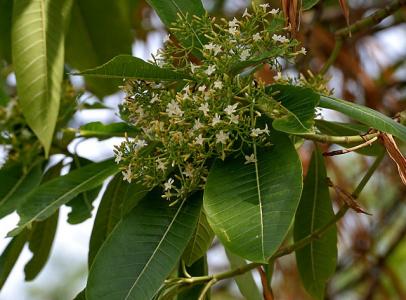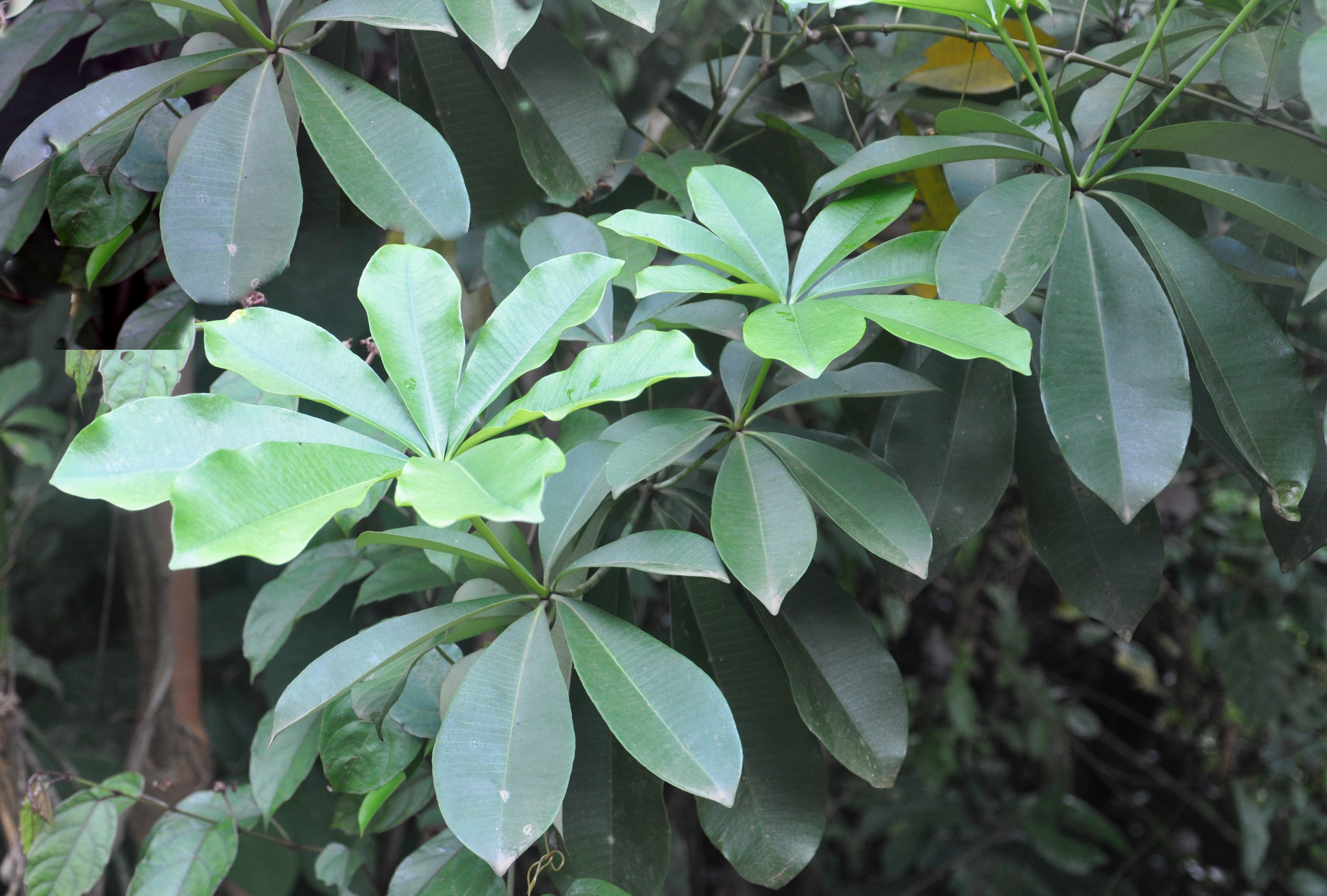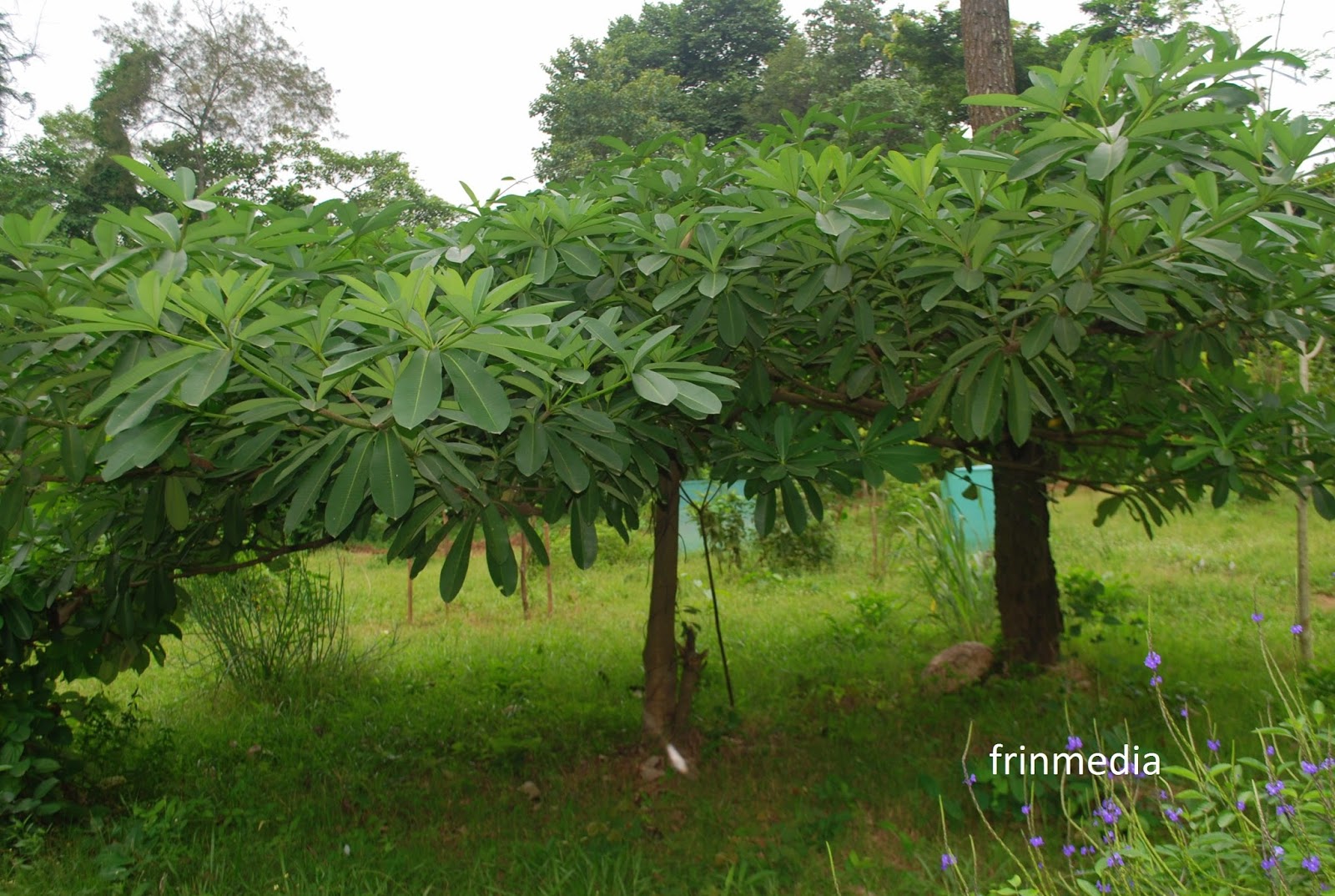Alstonia boonei de wild
| Botanical Name | Alstonia boonei de wild |
| Order: | Gentianales |
| Family: | Apocynaceae |
| Genus: | Alstonia |
| Species: | A. boonei |
| Common Names: | Pattern wood stool wood(English), Emien (French) |
Plant Synonyms
Alstonia congolensis Engl.
Plant Local Names
Burkina faso: fulfuide- moyatabel
Cote d’ Ivoire: Abe- onguie honguie, Baule – emien miei, Kulango- senuro
Ghana: Twi- Onyeme dua, Ga adengbe – sinu, nzema – nyamenlebaka
Guinea: Fula Pulaar – legeur, Kissi – tiendo, Loma – zolo
Guinea: Bissau: Fula pulaar – Bantera-foro, Manding mandinka-bantam-Foro
Liberia: Dan-Yung kru Guere krahn – Gona-tu
Nigeria: Edo- Ukhu, Engenni- uguwa, Igbo – Egbu Yoruba –Ahun
Senegal: Banyen – Ti keung, Diola – bain, Fula pulaar –ataforo.
Sierra Leon: Mande – Kalo wulo
Togo: Ewe – nyami dua, Ouatchi – tonton, Mina – siaketekre
Plant Habitat
Deciduous tree that grows about 35 m; found in the forest zones of Ghana and throughout tropical Africa.
Plant Material of Interest
Stem bark, leaf
Plant Description
A deciduous tree up to 35 m high, buttresses deep-fluted high and narrow; slash spotted white and light brown; latex copious, white; leaves in whorls at nodes; oblanceolate, apex rounded to acuminate, lateral veins prominent, almost at right angles to midrib; flowers white, lax terminal cymes; fruits paired, slender follicles up to 16 cm long; seeds with brown floss at each end.
Plant Used Parts
Plant Uses
Alstonia boonia is used extensively in West and Central Africa for the treatment of malaria, fever, intestinal helminthes, rheumatism and hypertension (Abel and Busia, 2005; Betti, 2004; Soforowa, 1993). The stem bark is commonly used to treat malaria (Idowu et al., 2010; Titanji et al, 2008). An infusion of the bark is used as antivenon for snake bite; it is also used in healing painful micturition and rheumatic conditions (Asuzu and Anaga, 1991). The root and stem bark infusion is taken as a remedy for leaves is drunk to treat importance. In Ghana, it is given for toothache and to woman after delivery to aid in expelling the placenta. In Cote d’ Ivoire and Burkina Faso, it is applied tropically to reduce exposed fractures. In Nigeria, it is used for ulcers and in Cameroon and Liberia as a remedy for snake bite and arrow poison.
Plant Therapeutic Action
Antipyretic; anti-inflammatory; antiheumatic insecticidal, analgesis; antimalarial antimicrobial (Olajide et al., 2000; GHP, 1992, Oigangbe, 2007).
Plant Precaution for Use
Crude drugs containing alkaloids must be taken with care
Plant Adverse Effect
Excessive or prolong use has been linked to condition such as Steven
Johnson’s syndrome.
Plant Contraindication
Pregnancy and lactation, liver dysfunctions
Plant Dosage Forms
Decoction, tincture
Decoction: 30-50 g per litre of water; drink 3-4 cups a day.
Tincture: 1.5 in 45% alcohol; take 5 ml three times daily
Plant Dosage
Plant Storage
Store in a cool dark and dry place
Plant Chromatographic Fingerprint
Analytical TLC on solica gel g60 f254, 0.25mm layer in petroleum ether (40-60? Cy/chloroform [2:8], detection in day light, after spraying with anisaldehyde (0.5 ml) mixed with 10 ml glacial acetic acid, 85 ml methanol and 5 ml concentrated sulphuric acid and heated to 100-110C? for 5-10 min. presence of four characteristics pink spots with R,s values of 0.96, 0.65, 0.47, and 0.38.
Plant Constituents
Alkaloids (echitamine, echitamidine, alstonina, alstonidine); triterpenoids (lupeol, ursolic acid, B-amyrin); tannins; indoids (boonein, loganin); minerals (calcium, phosphrous, iron, sodium, potassium, and magnesium); ascorbic acid (Ojewole, 1984; Iwu, 1993).
Plant References
Abel C., Busia, K. (2005). An exploratory ethnobotanical study of the practice of Herbal Medicine by the Akan People of Ghana Alternative Medicine Review, p.42.
Akinmoladun. A.C., Ibukun, E.O., Afor, E., Akinrinlola, B.L. (2007). Chemical constituent
And antioxidant activity of Alstonia boonei. African Journal of Biotechonolgy 8(10):11


